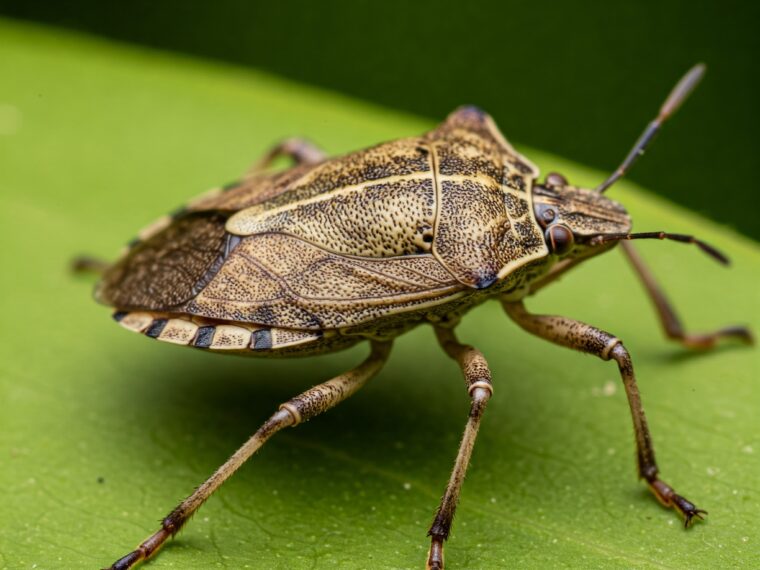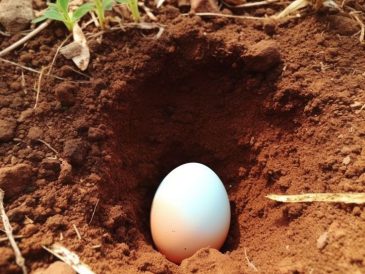Have you ever spotted this shield-shaped, brownish insect crawling around your home? If so, you’re not alone—and you may be dealing with a pest known as the brown marmorated stink bug (Halyomorpha halys). Though harmless to humans and pets, this insect can be a serious nuisance, and its presence might signal more trouble than you think.
Let’s explore what this bug is, why it may be in your home, and what you should do if you see one.
What Is This Insect?
The bug in the image is a brown marmorated stink bug. Native to East Asia, it has become an invasive species in many parts of North America and Europe. Recognizable by its shield-like shape, mottled brown color, and white banding on its antennae and legs, this bug gets its name from the pungent odor it releases when threatened or crushed.
❓ Why Is It in Your House?
Stink bugs aren’t interested in your food or your furniture—they’re looking for warmth and shelter, especially during fall and winter. As temperatures drop, they sneak into homes through:
- Cracks in doors and windows
- Vents and utility openings
- Gaps in siding and rooflines
- Chimneys and attics
Once inside, they gather in quiet, hidden places like attics, behind walls, or inside closets to overwinter.
Why You Shouldn’t Ignore Them
- Infestation Risk
If you see one stink bug, chances are more have already found their way in. A small sighting can indicate a much larger hidden infestation. - Unpleasant Odor
When disturbed or crushed, stink bugs emit a foul-smelling chemical as a defense mechanism. It’s hard to remove and lingers for days. - Crop Damage
If you have a garden or fruit trees, beware: stink bugs are agricultural pests that feed on fruits, vegetables, and ornamental plants. Their feeding causes scarring and rotting of crops.
✅ What You Should Do Immediately
Seal Entry Points
- Inspect windows, doors, vents, and chimneys.
- Apply caulk to cracks and use weather stripping.
- Install screens on vents and chimneys.
🧹 Remove the Bug Carefully
- Use tissue or gloves to avoid crushing it.
- Flush it down the toilet or place it in soapy water to kill it humanely.
Avoid smashing it! Crushing releases its foul odor and may attract other stink bugs.
🧼 Clean and Deodorize
If an odor is released, ventilate the area and use baking soda or white vinegar to neutralize the smell.
🧑🔧 Call Pest Control if Necessary
If you notice large numbers, professional exterminators can safely treat your home and help prevent future invasions.
Natural Repellents You Can Try
- Essential oils: Mint, clove, or neem oil are known to repel stink bugs.
- Garlic spray: Mix garlic with water and spray around entry points.
- Diatomaceous earth: Sprinkle in areas where bugs may enter.
⚠️ Final Thoughts
While the brown marmorated stink bug doesn’t bite or spread disease, its presence should be taken seriously. These invaders multiply quickly and can be difficult to eradicate once they’ve found a cozy corner in your home. Spotting one might seem minor, but it’s a warning sign that it’s time to take action—before you’re dealing with a full-blown infestation.
So if you see this insect in your home, go immediately to inspect your entry points, take preventative measures, and act quickly to keep your space stink bug-free.





